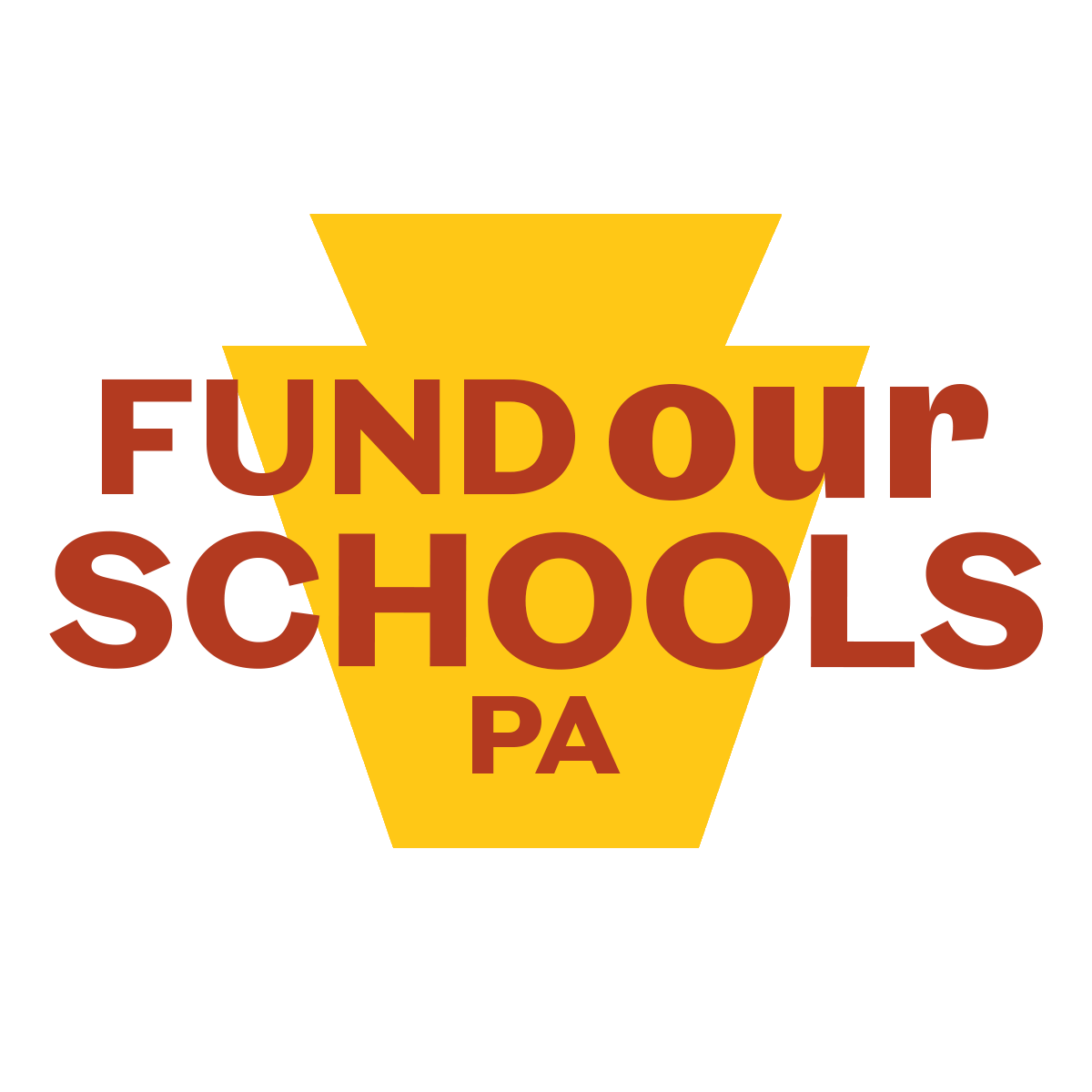Greater Johnstown Superintendent Amy Arcurio concluded her testimony Wednesday.
Testimony from two superintendents and a teacher on Wednesday highlighted the glaring gaps in supports for struggling students and the inadequate facilities in the state’s underfunded schools.
The court heard the conclusion of three days of testimony from Greater Johnstown School District superintendent Amy Arcurio, followed by teacher Stephanie Kobal. In the afternoon, Superintendent Brian Waite from Shenandoah Valley School District gave an overview of the impact of underfunding on his district’s two schools (more on Waite’s testimony tomorrow).
In her testimony last week, Arcurio spoke to the economic hardship facing Johnstown – and the resilience and spirit of her community. “We’re desperately trying to reinvent our city, and we need our students,” she said. “We need our students to be there for the rebirth of that economy.”
School readiness is a significant issue for the district. Greater Johnstown is not able to provide pre-K education to all students and has a waiting list for its Pre-K Counts program, Arcurio said.
Most kindergarten students should receive an intensive level of academic support, Arcurio said, because 70% enter school testing behind on benchmarks for foundational reading skills
This “Tier 3” intervention involves a specialist working one-on-one with a student or in very small groups. Arcurio cited an assessment of entering kindergartners showing that a majority could not count to 20 and lacked basic knowledge of letters and their sounds.
In first grade, 80 percent of students require individual or small group intervention, Arcurio said, but the district cannot afford to provide that level of support.
Greater Johnstown now has three schools, having recently closed one. Its elementary school serves 1,200 students – and can afford only two reading specialists. That’s not enough, Arcurio said, explaining that the district needs to make “awful” decisions about which students can receive the limited services they are able to provide.
Without interventions, the deficits facing students persist and compound over time, Arcurio said. At the high school level, classes that require a passing Keystone score, like Algebra I, are often overcrowded, as students need to re-take them.
School facilities are also inadequate, Arcurio said. The district closed its former middle school building, as conditions there had become unsafe for students, Arcurio said. The resulting reorganization means the elementary school must use every inch of space to accommodate additional students, converting storage areas to classrooms, Arcurio said.
She became emotional when shown a photo of one of these classrooms: a windowless storage closet, with no ventilation, where a small group of students receives reading interventions.
She pointed out that the colorful carpet was provided by the teacher. “She’s such an excellent teacher,” Arcurio said. “[Our teachers] do what they can to make closets not feel like a closet, so that students feel valued as children should feel valued.”
But, Arcurio emphasized, “students shouldn't have to be in a learning space like this. ... We should give them the optimal learning environment so that they can achieve to their best performance.”
Arcurio expressed pride about the district’s successful dual-enrollment program, which allows some students to graduate high school with an associate’s degree. But most courses have prerequisites, and only one or two dozen students can take advantage of the program.
When the pandemic hit, Greater Johnstown was not equipped with the technology capacities to pivot quickly to remote learning. Even with federal funding, it took many months to obtain the technology needed. They couldn’t equip every student with a Chromebook until around Christmas, and even then many families still lacked internet access.
Arcurio explained that raising more funds locally is very challenging. The most recent hike in Johnstown’s local property tax rate yielded less funding for the district than before, after a re-assessment of properties revealed large declines in value.
First-grade teacher Kobal, who has taught in Greater Johnstown for 25 years, offered an on-the-ground view of the district’s elementary school. She teaches first grade, covering all subjects, and is assigned a group of students with low reading levels because of her training as a reading specialist. But she said the struggling readers in her class need pull-out time with added support and even one-on-one attention, and they are not getting it.
“I know my students can learn. I just know that it’s going to take a little bit longer and a lot more patience and they’re going to need much more assistance and help,” she said.
Her students “deserve to be taught by certified interventionists in a small-group situation,” she said. “They deserve one-to-one tutoring for the right block of time with a certified interventionist. They're struggling and they deserve that assistance.” There are no staff for math interventions, she said.
Meanwhile, she must contend with facilities issues, like having a single toilet for the 125 children in her wing of the school. Her first graders end up waiting in line in the hallway.
Another teacher has to use an old locker room to teach students learning English.
The school is so crowded that there is no space for small group instruction; sometimes, Kobal said, she just has to “find somewhere else in the building that just might be quiet for a few minutes.”
Summing up, she said, “I need those facilities upgraded so those students can be in my room as often as possible learning with me. I need better supplies. And most importantly I need those certified interventionists working with my students one-on-one and in small group every single day.”

